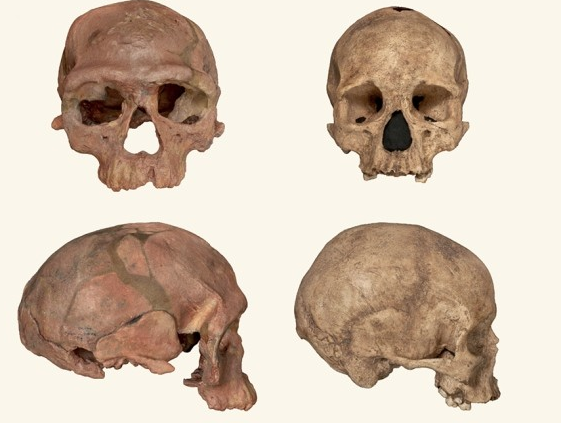300,000-year-old skull found in China unlike any early human seen before
by Admin

An ancient skull dating back 300,000 years is unlike any other premodern human fossil ever found, potentially pointing to a new branch in the human family tree, according to new research.
An international team of researchers from China, Spain and the United Kingdom unearthed the skull — specifically the mandible, or lower jaw — in the Hualongdong region of eastern China in 2015, along with 15 other specimens, all thought to originate from the late Middle Pleistocene period.
Scientists believe the late Middle Pleistocene, which started around 300,000 years ago, was a pivotal period for the evolution of hominins — species that are regarded as human or closely related — including modern humans.
Published in the Journal of Human Evolution on July 31, a study by the research team found that the mandible, known as HLD 6, is “unexpected” and does not fit into any existing taxonomic groups.
Many Pleistocene hominin fossils discovered in China have been similarly difficult to classify, and were previously perceived to be anomalies, according to the study. However, this discovery, along with other recent research, is slowly changing what people know of the evolutionary pattern in the late Middle Pleistocene.
It is similarly shaped to the mandible of Homo sapiens, our modern human species that evolved from Homo erectus. But it also shares a characteristic of a different branch that evolved from Homo erectus, the Denisovans. Like the Denisovans, HLD 6 does not appear to have a chin.
“HLD6 does not present a true chin but has some weakly expressed traits that seem to anticipate this typically H. sapiens feature,” said study author María Martinón-Torres, director of the National Research Center on Human Evolution (CENIEH) in Spain.
“Hualongdong are thus the earliest fossil population known in Asia to present this mosaic of primitive and H. sapiens-like features,” she added.
An ancient skull dating back 300,000 years is unlike any other premodern human fossil ever found, potentially pointing to a new branch in the human family tree, according to new research. An international team of researchers from China, Spain and the United Kingdom unearthed the skull — specifically the mandible, or lower jaw — in the Hualongdong…
Recent Posts
- Huawei’s new homegrown Chinese smartphone takes on Apple and Android
- Celebrity lookalike contests are taking over the internet. But they aren’t new
- Семейные офисы в Гонконге: их влияние на искусство и филантропию
- Как ИИ используется в образовании, искусстве и автономных транспортных средствах в Катаре
- China’s hottest new tourist attraction is 5,000 feet in the air